Lithium Batteries and Beyond
The Battery Laboratory of the CheMaMSE group is equipped with the machines and instrumentation for the synthesis of electrode (cathodes and anodes) and electrolyte (in the Laboratory for Ion Conducting Materials) materials, and for their assembly and test under operating conditions in secondary (rechargeable) and primary (non-rechargeable) battery systems. Redox flow batteries are also developed at CheMaMSE.
The different topics covered in this laboratory are:
• Synthesis of Materials – a large variety of equipment is available to perform different types of syntheses, such as: (i) high temperature furnaces and controlled atmosphere furnaces (reactive or inert); (ii) Schlenk lines in inert atmosphere; and (iii) autoclaves for high pressure syntheses. The handling of reactive or air/moisture sensitive materials is carried out inside glove-boxes filled with an inert atmosphere of nitrogen or argon;
• Lithium Batteries – ceramic, liquid, polymeric or hybrid lithium ion conducting electrolyte materials are developed (Laboratory for Ion Conducting Materials). High voltage and high energy cathodes are synthetized for both insertion/intercalation and conversion lithium batteries;
• “Beyond Li-ion” Batteries – electrode (cathodes and anodes) and electrolyte (Laboratory for Ion Conducting Materials) materials are synthesized and studied for the application in innovative batteries, including alternative chemistries with respect to lithium. In particular, attention is focused on sodium, magnesium, calcium and aluminum batteries;
• Vanadium Redox Flow Batteries – new separators/electrolytes (Laboratory for Ion Conducting Materials) and electrolyte solutions (catholytes and anolytes) are developed for vanadium redox flow batteries. New additives (stabilizers or catalysts), carbon electrodes and cell geometries are also studied;
• Innovative Chemistries Redox Flow Batteries – innovative materials (membranes, electrolytic solutions, additives, etc.) are prepared, studied and tested for redox flow batteries based on innovative redox couples, such as zinc/iodine, zinc/bromine, iron/chromium, etc.;
• Assembly and Test in Device – different types of cells are assembled and tested under operating conditions, including: (i) button-type CR2032 cells; (ii) Swagelok cells; (iii) pouch cells; (iv) EL-CELL; and (v) flow cells. The devices are subjected to custom charge/discharge tests, such as potentiometric or amperometric, with the possibility of modulating both the load and the cycle limit parameters (e.g., potential, current, capacity, time, etc.).



